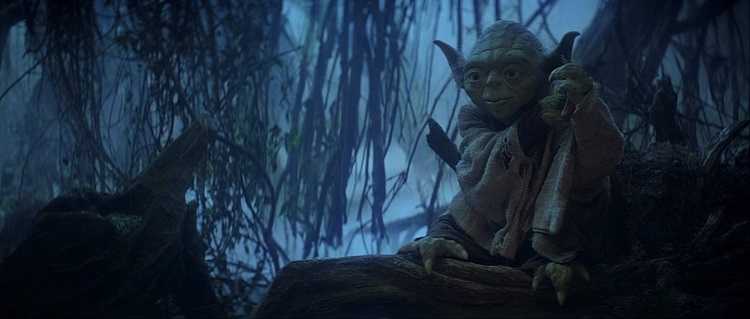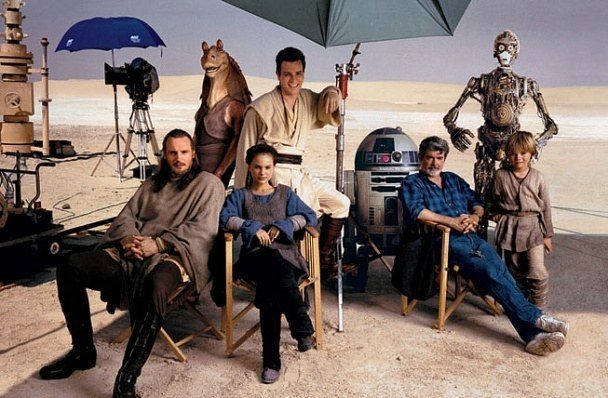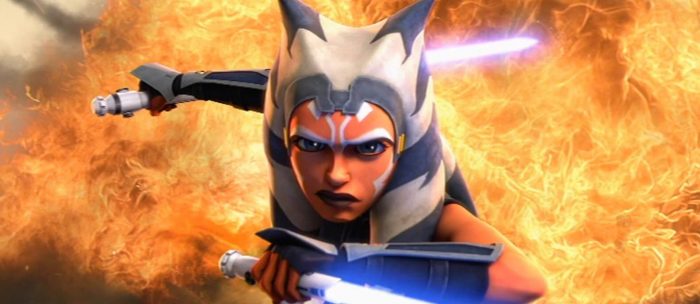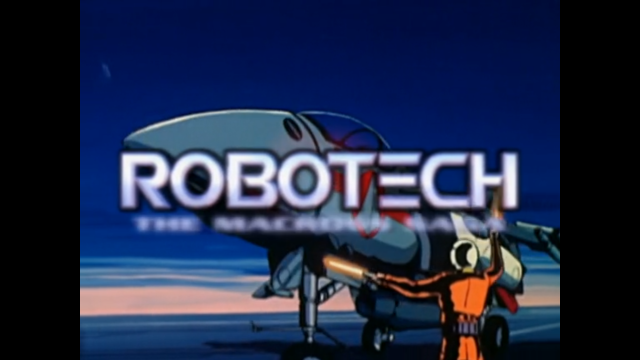While Eleven-ThirtyEight was founded in 2013, the earliest piece of writing hosted here is much, much older. In the summer of 2005, soon after Revenge of the Sith “completed” the saga, Star Wars Insider magazine published a feature by Abel G. Peña and Enrique Guerrero entitled “The 20 Most Memorable Moments of the Expanded Universe”. The piece concluded with a prompt for readers to share their own lists, and that was just the excuse I needed to begin a new blog at StarWars.com, which was a thing they let people do in those days.
The final product was my first major piece of Star Wars writing outside of TheForce.Net, and while I didn’t end up doing much else over there, I remained pretty fond of it, so with the official blogs long since defunct I took the opportunity of ETE’s birth to port the thing over here, where it has lived happily in seclusion ever since.
While I’m normally not a fan of “listicles” (gag) or retrospectives on content long past, that “memorable moments” concept has always stuck with me as one of the more acceptable ways of approaching both things—so with the five-year anniversary of the Star Wars continuity reboot last month I decided this would be a good opportunity for us to stop and look around a bit.
While the ranking that follows is of course despicably subjective, it is the result of an obnoxiously elaborate ranked-choice voting system: each of our nine regular contributors offered their own list of ten moments, with everyone’s top choice counting for ten points, their second choice counting for nine points, and so on. That left us with sixty-two distinct “moments” and several ties, which we then voted on until arriving at a conclusive top twenty.
With no further ado, enjoy, and be sure to check back on Wednesday for Part II! – Mike Read More




